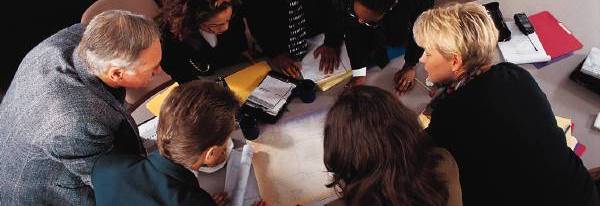 |
 |
Market Potential has helped our clients in the alternative fuels and the portable and stationary power market segments. The cases below highlight our services and capabilities in the energy market segments:
| Enzymatic Conversion of Biomass For NASA Ames Research Center, partnerships were developed to advance a unique NASA technology that can assemble sets of enzyme onto a scaffold for more efficient and cost-effective conversion of biomass to C5-C6 sugars. A key academic partner was secured to help prove the efficacy of the technology, while optimizing enzyme selection for feedstock testing. The technology was evaluated against current state-of-the-art technology and market demand to determine the potential value of this technology. Potential industry partners were targeted for commercialization of this technology. An industry partner was found to sponsor further development and license the technology for use within a state-of-the-art fermentation and fuel conversion system. |
Contact Us
|
Biomass Energy For this northern California, cellulosic biomass-to-energy firm, a business strategy was developed to leverage the unique capabilities of pyrolysis technology that would enable this firm to grow to $100 million dollars in revenue in 5 years. A computer model was developed that allowed the team to easily determine the profitability of different process design schemes given basic mass and energy balance data. The team used the model to evaluate several process design schemes, eliminating less profitable designs. Market assessments were performed for several biomass feedstocks, including yard waste, manure, and sewer sludge. Market assessments were also performed to determine the feasibility of selling power or bio-oil, and several discussions were held with major petroleum firms about the possibility of developing a product for them. The firm was able to attract the interest of five different investors. |
Contact Us
|
Algal Biomass For NASA Ames Research Center, partnerships were developed to advance algal technologies and research. Algae have many potential uses for NASA, including a potential feedstock for biofuels and bioplastics, wastewater treatment, and oxygen generation with sequestration of carbon dioxide. One partnership was executed with an industry partner to investigate a novel photobioreactor technology for algal growth. Another partnership was developed to advance an algal monitoring technology for process control; this relationship has been critical to testing the technology in working algal ponds to assess performance and scale-up hurdles that need to be addressed. The technology was evaluated against current state-of-the-art technology and industry partners were solicited to determine the potential value of this technology. |
Contact Us
|
Biofuels Refinery For a biodiesel start-up with a novel refining technology, a business strategy was developed to help the firm compete effectively in the marketplace. The firm's technology has the potential of dramatically lowering the cost of biodiesel production relative to existing biodiesel producers. To confirm this, a market research effort was performed to determine the fixed costs, variable costs, total operating costs, and capital investment required for existing biodiesel producers. Significant effort was placed on understanding feedstock and biodiesel market prices. Financials for the start-up were generated and compared against these market parameters. Through this competitive financial assessment, new financial goals were developed for the start-up which, if achieved, would make the start-up an investable venture. |
Contact Us
|
Truck Turbo Charger For an inventor in San Jose, California, a strategic business plan was developed to take his energy-saving concept and create a $140 million dollar business within 5 years. The prototype product was a novel turbo charger designed to reduce diesel fuel consumption by 10% in truck engines versus today's conventional engine designs. From a thorough market assessment, it was determined that this was an opportunity within a $13 billion dollar market. The product design was patented during the course of the development of the business plan. A management team was identified to lead product development, generate sales from early adopters, and manage the business. Prospective clients were interviewed for their feedback on all aspects of the product. A detailed sales plan to capture the $140 million dollars of annual revenue was developed. The plan called for three rounds of financing with IRRs between 75% and 185%, while still maintaining significant equity for the founders. The business plan was presented to three sets of local investors. |
Contact Us
|